All Traffic Lights Lead to Rome
by Chris Clemens
We all find things that we connect with and collect. It’s why the souvenir industry isn’t slowing down. People collect magnets, or coffee mugs, beer cans and even restaurant menus. Something about these seemingly mundane artifacts triggers a switch in us. We scour garage sales, eBay, and flea markets hoping to score the Holy Grail of our collection. For Tony Taurisano of Rome, traffic lights are his Holy Grail.
(Yes, we’re talking about the turning signals that hang above an intersection. The things that tell you when it’s your turn to stop or go. Those traffic lights.)
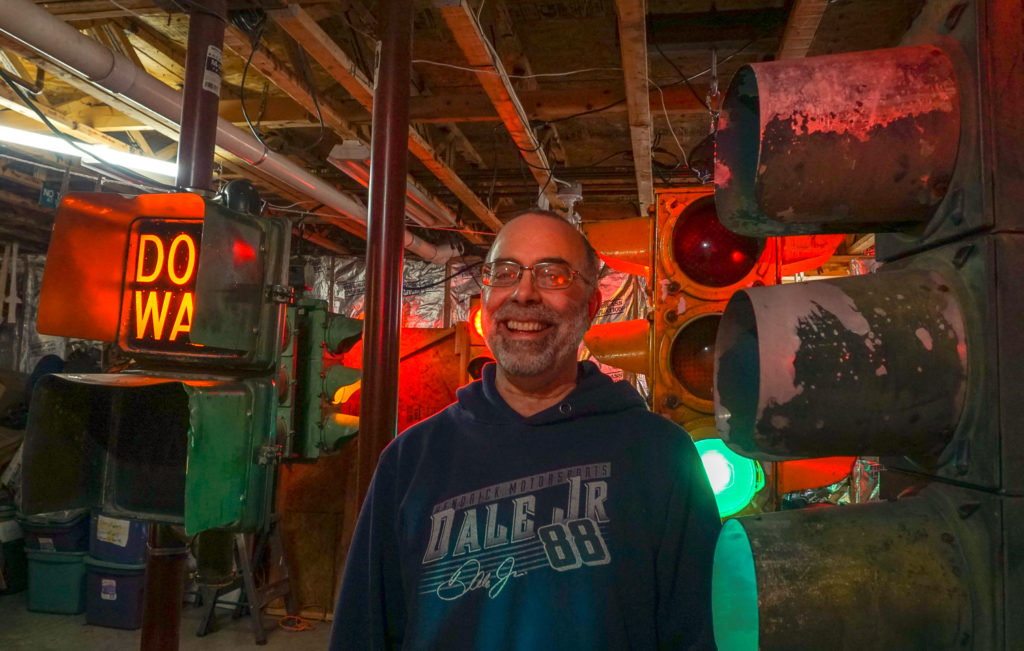
Since childhood, Tony has been fascinated by traffic lights and now has an impressive collection all his own. To make that collection even more fascinating, most of them have direct ties to Central New York history. Nearly all the traffic lights in his collection were once hanging above the streets that we’ve all driven. Some of the signals in his collection were even made right in Central New York.
Tony was kind enough to let me in his house to checkout the collection in person. While we hung out, I learned way more about traffic lights than I thought I could fit into a short visit to Rome.
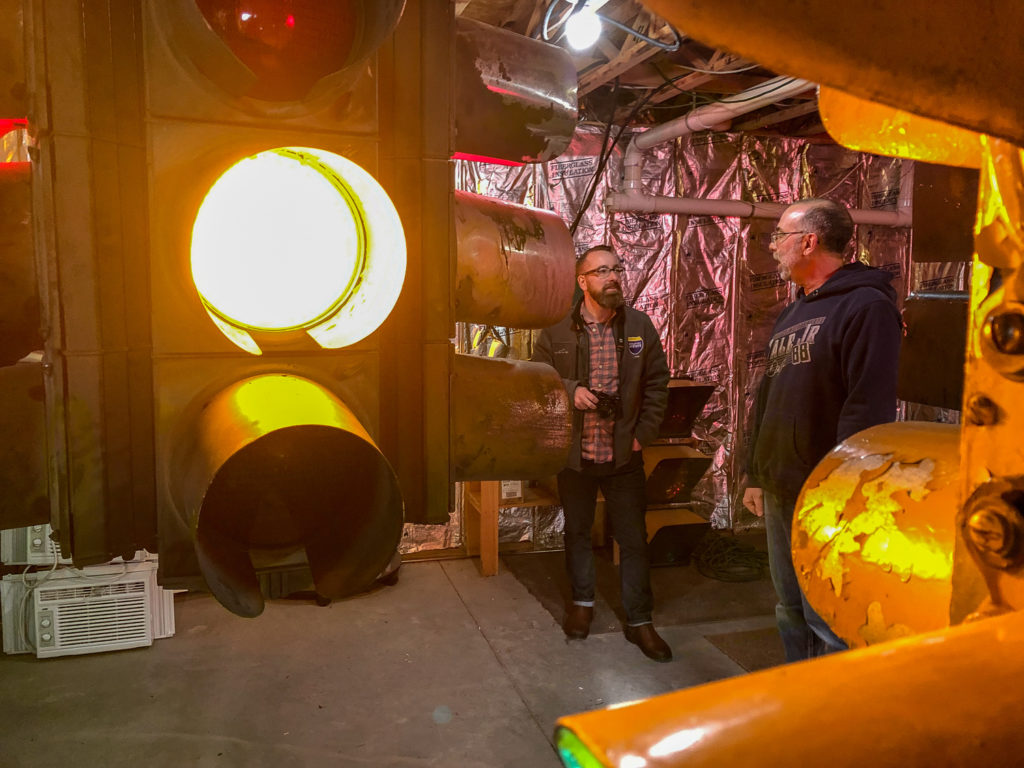
Green Light
Tony’s uncle built him his first traffic signal out of wood and coffee can lids. He built the second of his collection out of cardboard as a teenager with his dad. Sadly, both of those have been lost to time, but he’s replaced them with one heck of a genuine collection.
His traffic signal treasury goes from the backyard, to the living room, to the basement. As you might expect, every single one has a story not only relating to Central New York history, but how he acquired them.
While standing in his backyard, he pointed and told me, “That one right there? It used to hang over a crosswalk on Genesee Street in New Hartford. In fifth grade, I used to help the crossing guard and I was allowed to control it.”
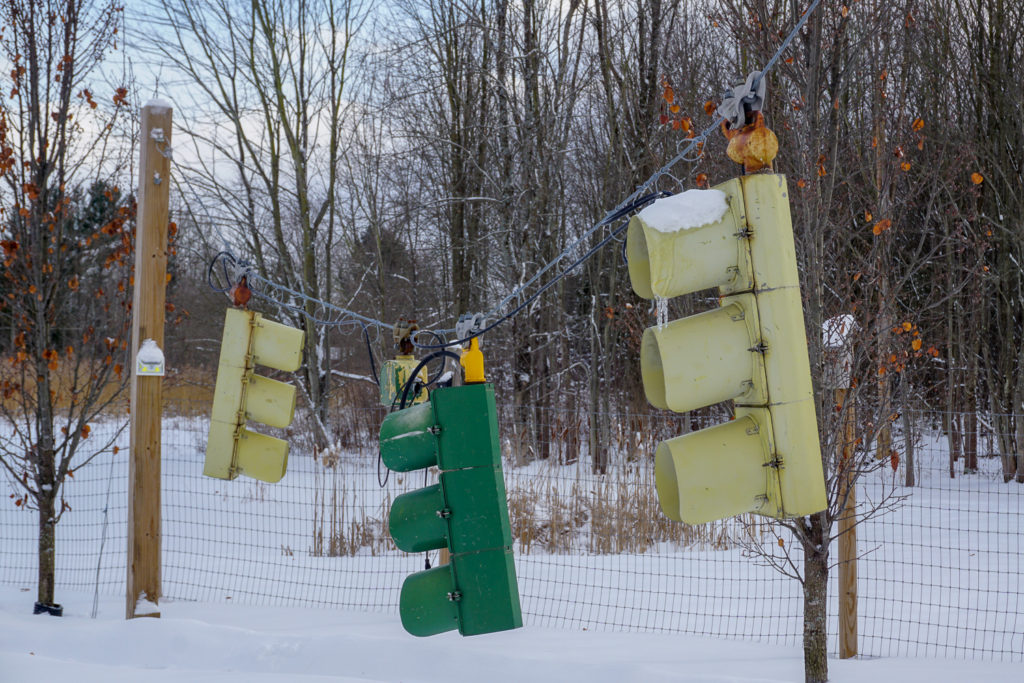
Sure, he was telling me about a traffic light hanging from a wire in his backyard. And yes, he was explaining that it was a Crouse-Hinds model Type D from the 1960’s built in Syracuse. He mentioned that it was later replaced by a Marblelite signal in the 70’s and a bunch of other info that was lost on me.
But what wasn’t lost on me at all, was that Tony was connected to a place that was important to him, by way of an artifact.
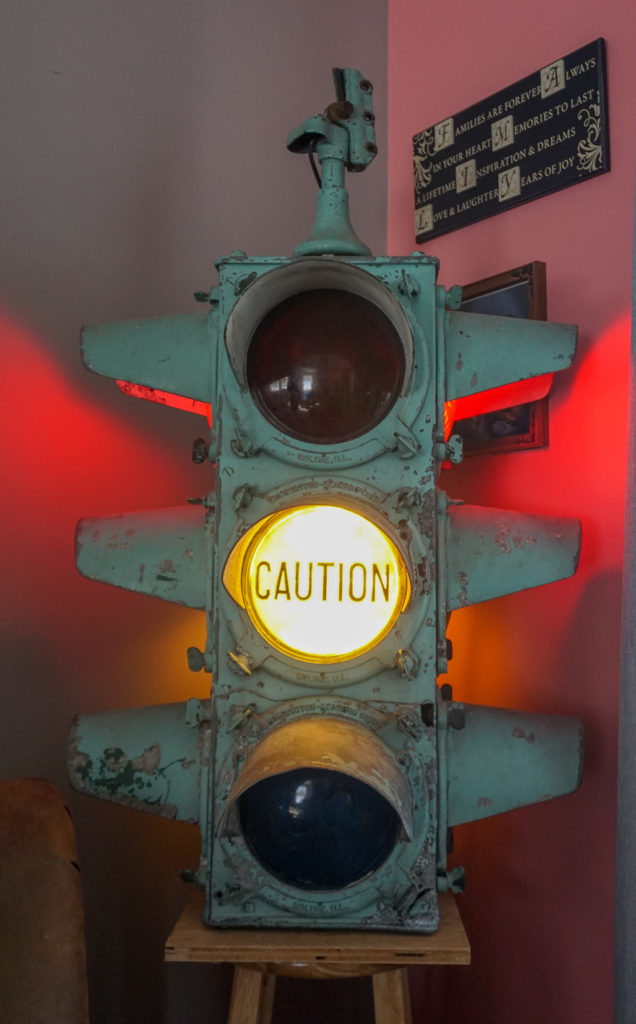
Yellow Light
As we grow older, and the world around us changes, it’s easy to forget places that are important. When a building is set to be torn down and replaced with a strip mall, it’s the few who remember the obscure details that make that spot important.
It may seem inconsequential, but small details like switching out a traffic signal can impact the feeling we have about a place. A traffic light collection might seem strange, but there’s a bigger story in the collection than just having a bunch of lights.
At its peak in the 1940’s, the city of Utica celebrated a population of over 101,000. That’s also around the time that people started owning more cars, and relying less on public transportation. That means, there was a ton of cars on the road, and each intersection needed a traffic light. In 2000, the city’s population had dropped to around 60,000, so there were a lot fewer cars. Imagine hitting a stop light at every intersection and waiting while maybe one car passed through.
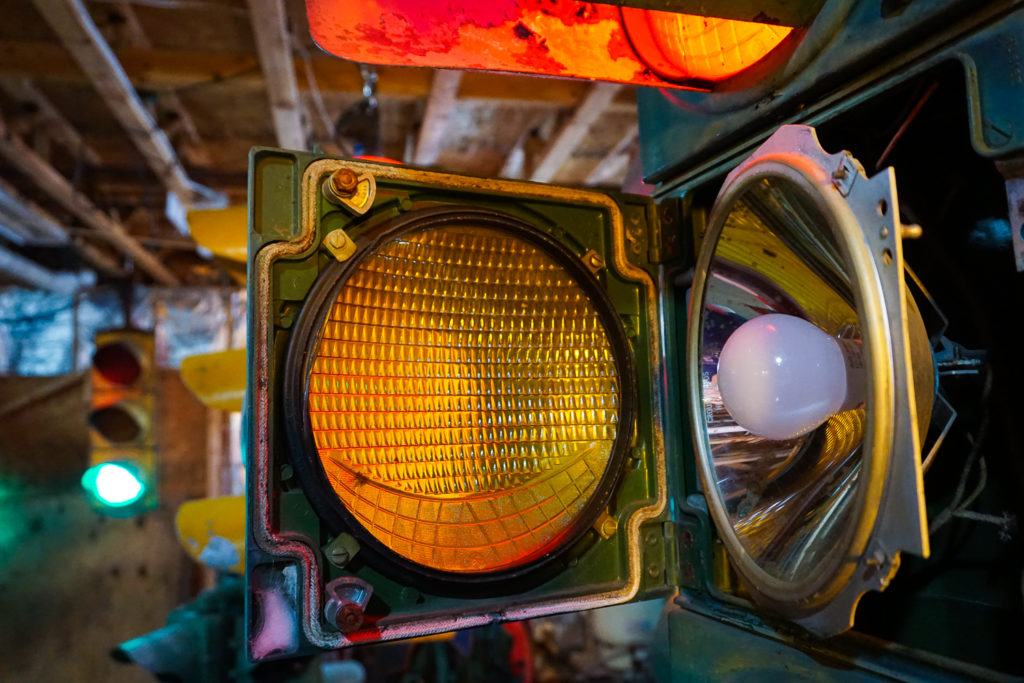
As lights broke down, the city started removing them instead of replacing them. It was cheaper, and there weren’t as many cars anyway. It affects every single person in Utica, but how many other than a civil engineer has considered the impact of fewer traffic signals in the city?
Tony has. And, a few of those removed traffic lights are now in his collection.
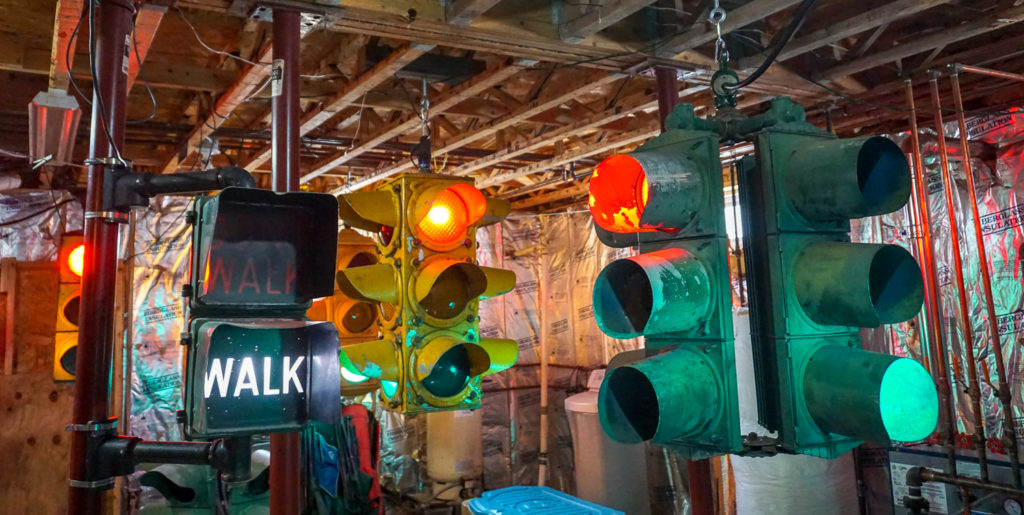
Red Light
Tony’s collection includes rare lights like the Crouse-Hinds that were built in Syracuse, some of which even have an Art Deco design. There are lights with words like “STOP” and “GO” which apparently are also super rare. He has lights with the “smiley” design, which is another feature that was retired long ago.
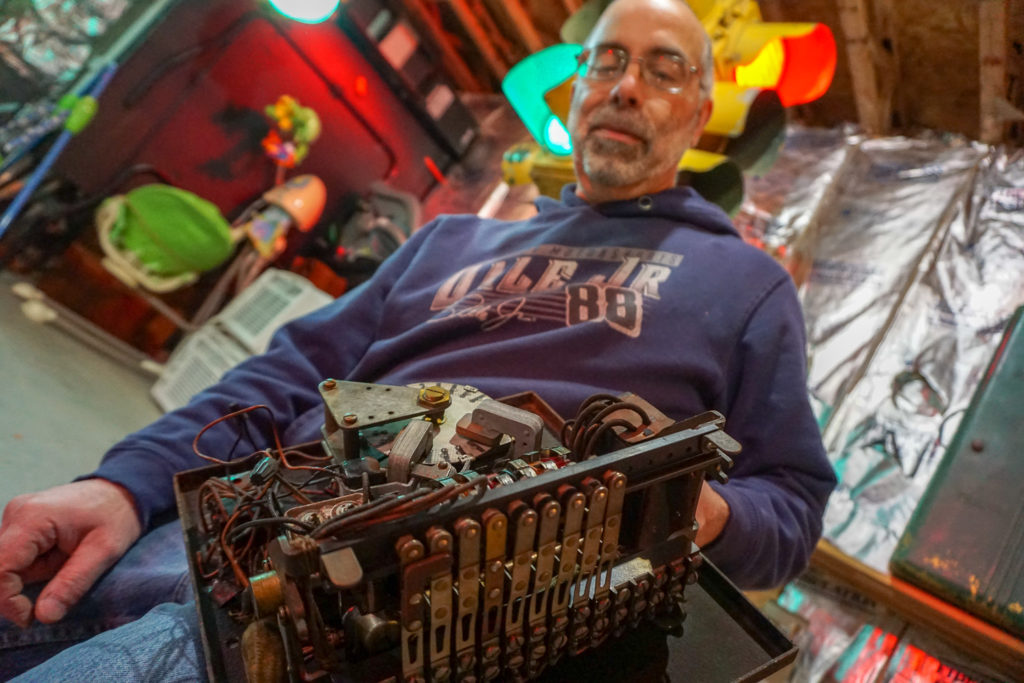
To hear him talk about his collection isn’t just hearing a guy passionate about collecting, it’s hearing a local history lesson. He pulled open an old controller to expose a maze of turning parts and colored wires that seemed only an electrical engineer could make sense of. But, then piece by piece, Tony explained how a simple mechanical timer attempted to prevent accidents at an intersection.
Though I didn’t leave with an understanding well enough to rip apart a traffic signal and restore it, I did leave with having experienced first hand a super cool local collection.
What’s more, I left with yet one more method of connecting to a sense of place in Upstate New York.
Intersection
If you’re wondering, every single one of Tony’s lights has been curated legally. In fact, if you go on Craigslist right now, you can probably find one for sale! There’s a bunch of ways to snag a traffic signal of your own, and you can even find some of those resources on Tony’s website.
To read stories of each traffic signal in Tony’s collection, see some cool historic photos, and learn some cool local history, head over to Tony’s Traffic Light Site and poke around!


Chris Clemens is the Founder/Publisher of Exploring Upstate. From his hometown in Rochester, he spends as much time as possible connecting with the history, culture, and places that make Upstate New York a land of discovery. Follow him on Twitter at @cpclemens

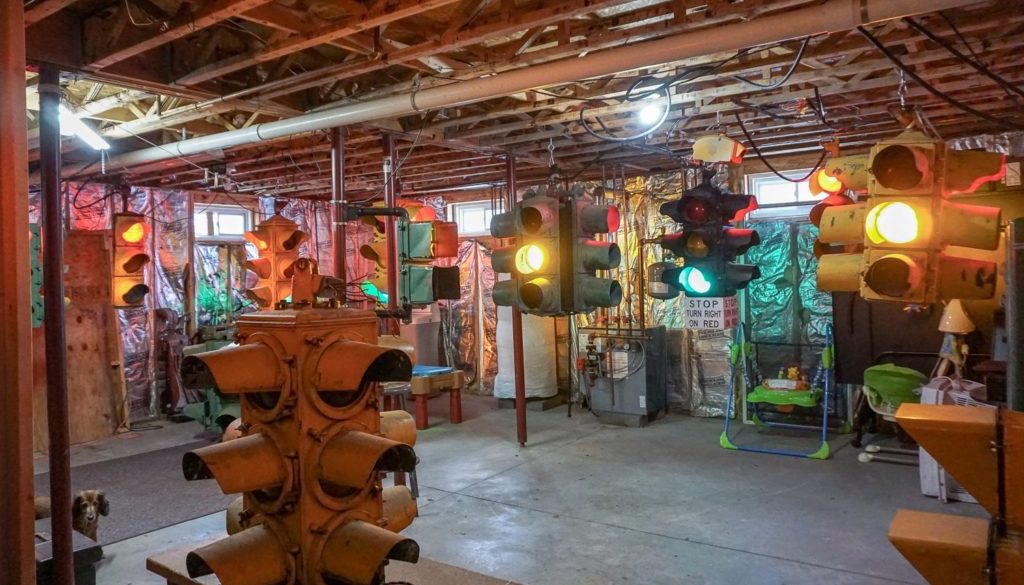

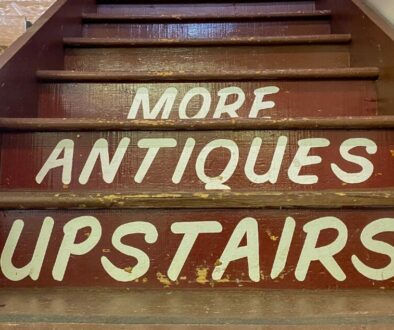
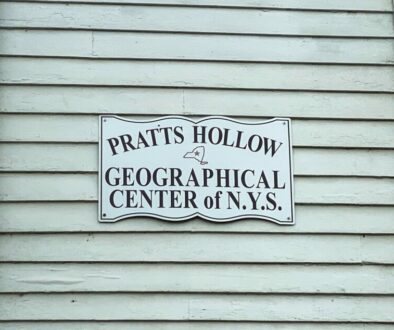

February 16, 2019 @ 9:17 am
Super cool discovery and great article! People are strange and amazingly fascinating – and you find them all! 🙂
February 16, 2019 @ 9:51 pm
What an excellent essay! I love the clever subheads and the photos are beautiful. Here I live only 20 minutes from Rome and never knew about Tony and his traffic lights. Thanks for this fascinating story, Chris.